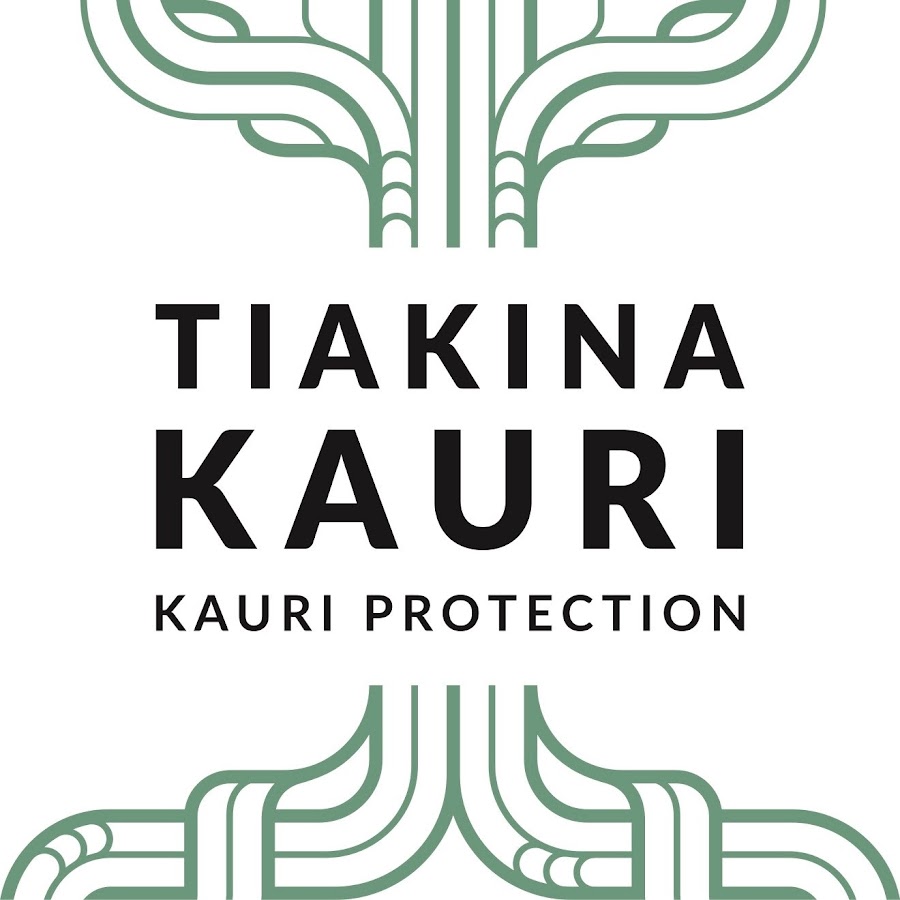Te tahumaero patu kauri
Kauri dieback disease
Keep up to date with the latest kauri dieback resources.
Our kauri, one of New Zealand’s taonga (treasures), are under threat from kauri dieback disease (Phytophthora agathidicida). The fungus-like organism is spread by very small amounts of mud or soil which infect the tree through its roots.
Kauri play a key role in indigenous forest ecosystems of the upper North Island. They are also one of the largest and longest-living tree species in the world, with some trees reaching more than 1000 years old.
There is currently no proven cure or treatment for kauri dieback disease, and nearly all infected kauri die from it. Anything that can move soil (such as humans, equipment and large animals) can potentially spread the disease.
See our Guide to managing kauri dieback.
Start with these resources
Find out more
2021 Waitākere Ranges kauri health report out now
This report presents a new long-term kauri health monitoring framework, developed using an epidemiological approach to investigate kauri health at the population level and help provide answers to a variety of management questions








